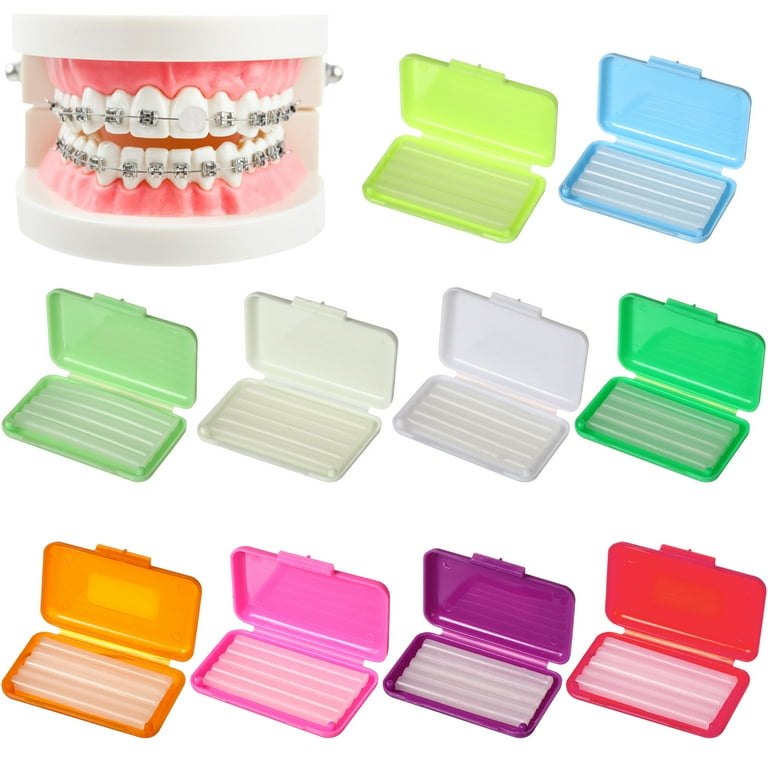Why Cumming Invisalign is the Perfect Selection for a Discreet Orthodontic Option
Why Cumming Invisalign is the Perfect Selection for a Discreet Orthodontic Option
Blog Article
Comprehensive Guide to Orthodontics Treatments for Correcting Dental Misalignments
In the world of orthodontics, the trip to achieving a perfectly lined up smile entails a myriad of procedures customized to deal with dental imbalances. From conventional braces to unseen aligners and even surgical options, the field of orthodontics uses a series of remedies to resolve differing degrees of oral irregularities. Understanding the details of each procedure, including their mechanisms, advantages, and prospective downsides, is vital in making educated decisions about one's orthodontic therapy. As we browse via the thorough guide to orthodontic procedures for remedying oral imbalances, the detailed details of each method will unfold, clarifying the path toward a unified and functional dental placement.
Orthodontic Procedures Summary

Along with clear aligners and conventional dental braces, orthodontists might also recommend other interventions like headgear, palatal expanders, or retainers to address particular placement problems (cumming braces). These procedures are customized per client's one-of-a-kind requirements and may involve a mix of therapies to accomplish the desired results. Routine adjustments and tracking are important components of orthodontic treatment to guarantee progression gets on track and to make any needed modifications along the method. By going through orthodontic procedures, clients can not just attain a straighter grin but additionally boost their general oral health and function.
Typical Braces: How They Work
When considering orthodontic therapies for oral imbalances, traditional dental braces stand out as a time-tested approach for remedying teeth positioning. Standard braces are composed of brackets, cords, and bands that function together to apply constant stress on the teeth, progressively relocating them into the wanted placement. The brackets are attached to the teeth using an unique adhesive, and the wires are threaded with the braces. By readjusting the tension of the wires, orthodontists can regulate the instructions and pressure related to each tooth, assisting them right into correct positioning over time.
One key element of just how typical dental braces work is the process of bone remodeling. As pressure is used to the teeth through the braces, the bone surrounding the teeth is improved to sustain the new tooth placements. This improvement is vital for the lasting stability of the dealt with placement. Individuals will certainly need routine changes at the orthodontist's office to guarantee the dental braces remain to use the right stress for effective teeth motion.
Undetectable Aligners: Benefits And Drawbacks
These clear, customized trays are essentially undetectable when used, making them an appealing choice for people looking for a more visually pleasing orthodontic treatment. Clients can remove the aligners prior to eating or cleaning their teeth, decreasing the danger of food obtaining stuck in the device and streamlining the cleaning process.

Surgical Orthodontic Options
Surgical treatments in orthodontics existing practical options for dealing with complex oral imbalances that might not be effectively fixed through conventional orthodontic therapies. While conventional braces and undetectable aligners can fix numerous orthodontic concerns, certain cases call for medical intervention to achieve ideal results. Surgical orthodontic options are commonly advised for extreme malocclusions, substantial jaw inconsistencies, and cases where the underlying bone framework requires alteration to attain correct placement.
One common surgical orthodontic procedure is orthognathic surgical procedure, which entails repositioning the jaws to remedy useful problems such as problem speaking or eating. This surgery is commonly performed in cooperation with an orthodontist that aids align the teeth before and after the procedure. Surgical orthodontics might also involve procedures to expose influenced teeth, remove excess gum cells, or reshape the jawbone to develop our website a much more harmonious facial profile.
Prior to considering surgical orthodontic alternatives, clients undergo a thorough evaluation to identify the necessity and prospective benefits of such interventions. cumming invisalign. While surgical treatment may seem complicated, it can substantially boost both the feature and aesthetic appeals of the smile in cases where traditional orthodontic therapies fail
Retainers and Post-Treatment Care

Post-treatment care entails following the orthodontist's instructions diligently. This might include appropriate dental hygiene techniques, attending follow-up visits, and wearing the retainers as recommended. Failing to adhere to post-treatment treatment instructions can cause regression, where the teeth progressively relocate back in the direction of their original positions. Consistent retainer wear, great oral health, and normal dental check-ups are vital for keeping the results accomplished with orthodontic surgical procedure and making sure the lasting security of the dealt with dental positioning.
Verdict
Finally, orthodontic treatments use numerous options for remedying oral misalignments. Traditional dental braces utilize metal brackets and cords to shift teeth into proper alignment. Invisible aligners offer an even more very discreet alternative however may not appropriate for all cases. Surgical orthodontic alternatives are readily available for more severe misalignments. Retainers are generally used post-treatment to maintain the new alignment. In general, orthodontic procedures can successfully boost dental health and wellness and visual appearance.
As we browse with the detailed guide to orthodontic procedures for correcting important site oral imbalances, the elaborate information of each approach will unfold, shedding light on the course have a peek at this site toward a practical and unified oral placement. - cumming orthodontics
One of the most usual orthodontic treatments is the usage of braces, which consist of metal brackets and cords that apply gentle pressure to slowly change teeth into the wanted position.When considering orthodontic treatments for dental misalignments, typical braces stand out as a tried and true approach for fixing teeth placing. Furthermore, invisible aligners might not be ideal for intricate orthodontic concerns that call for more considerable teeth motion, as they are normally suggested for moderate to moderate instances. Retainers are customized orthodontic devices developed to hold teeth in their dealt with settings after the conclusion of orthodontic therapy.
Report this page